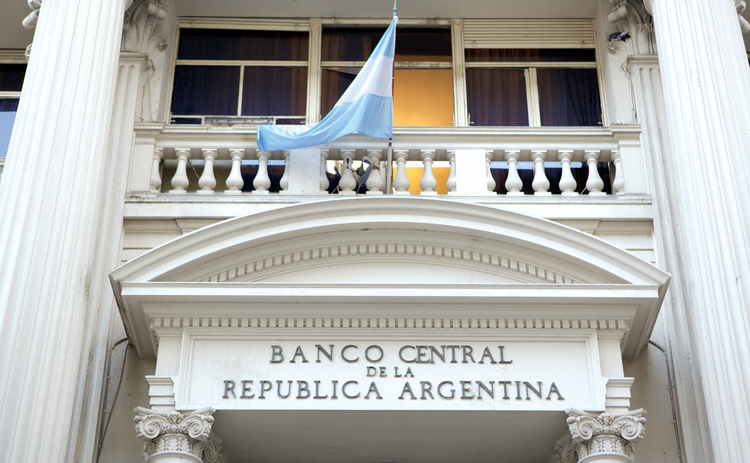The growth of Argentina’s Central Bank’s interest-bearing liabilities is increasingly unsustainable.
The latest BCRA statistics show that the stock of Leliqs and Pases reached 241% of the monetary base in April, and thus an increase of up to 40 percentage points concerning the same ratio in December last year was observed.
The highest ratio of interest-bearing debt to monetary base in history was officially recorded, surpassing the 236% observed in March 1989, the month in which the worst hyperinflationary outbreak in Argentina’s history began (prices had jumped up to 17%).

Given the characteristics of Sergio Massa’s program and the decrease in the rate of expansion of the monetary base, the increase in the ratio against liabilities seemed to be expected.
Likewise, the stock of interest-bearing liabilities continues to be bet on the order of 11% of GDP since mid-2020, a level similar to the first quarter of 2018 before the dismantling of Lebacs.
Under the structuring of the Minister of Economy, it sought to meet the direct monetary financing target set at 1% of GDP by 2022 (the financing observed did not exceed 0.6%).
Instead, it increased the issuance destined to purchase foreign currency from the private sector (mainly by the soybean dollar launches).
Leliq placements sterilized this issuance, but its interests today confirm the main source of monetary base creation.
The latter is what worries analysts the most.
Although the stock of interest-bearing debt seems “stable” in terms of GDP, and although the deceleration of the latter can explain its relative importance with the monetary base, what cannot be ignored is the brutal increase in the interest burden (the so-called quasi-fiscal deficit).
The interest burden of the Leliqs could reach 5% of GDP by the end of the year, according to private estimates.
However, the calculation yields even higher figures if the one-year measurement of the Gross Domestic Product is considered.
Again, nothing remotely similar has been seen since 1989, when the quasi-fiscal deficit reached 5.9% of GDP, until its elimination through the Bonex Plan.
However, markets are still discounting a further increase in the monetary policy rate, currently set at a 78% nominal annual rate (and more than 112% in effective terms).
The rate hike responds to the International Monetary Fund (IMF) requirement, which usually seeks positive real interest rates.
However, some economists point out that doing so would only restrain the exchange rate gap (playing with the race between the dollar and rates) but not inflation.
Increasing the interest rate offered by Leliqs would also lead to more direct issuance.
For these reasons, some renowned economists such as Carlos Rodriguez advise “liquefying” the value of the Central Bank’s debt and raising reserve requirements to limit the secondary expansion of money.
With information from La Derecha Diario

